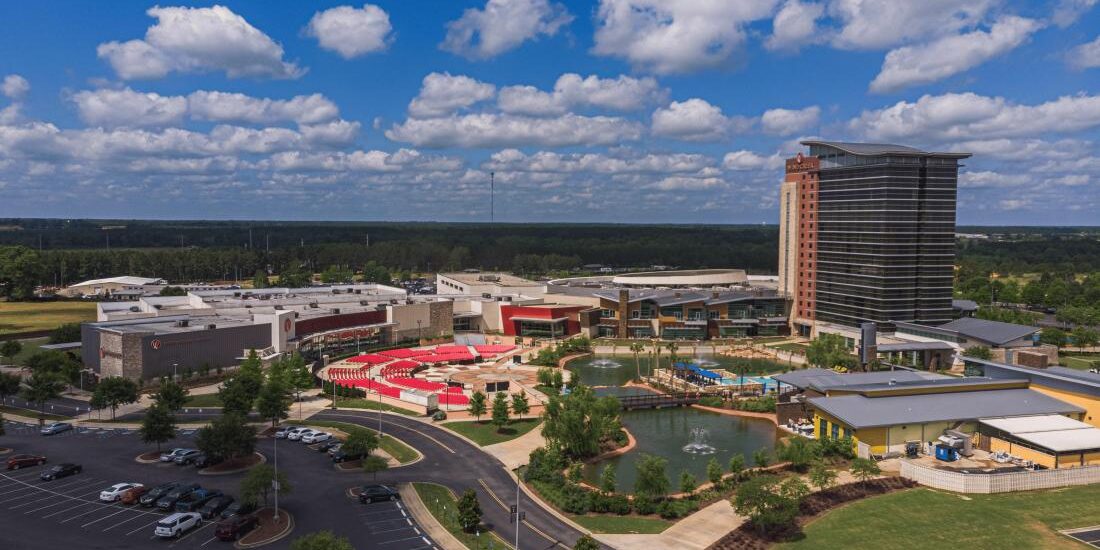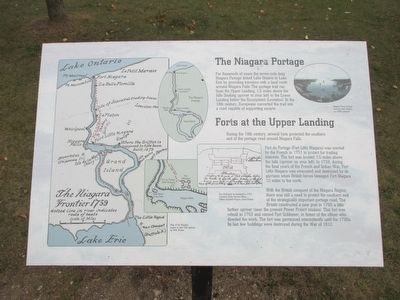Welcome to Atmore, Alabama, a city that might not appear on many tourist maps, but holds a rich tapestry of history woven into the heart of the Deep South. Established in 1866, Atmore began as a humble trading post and stop on the Mobile and Great Northern Railroad. This sleepy town quickly grew into a bustling community, drawing settlers with its promise of fertile land and opportunity.
In the late 19th century, Atmore’s economy thrived on agriculture, primarily cotton, which was king in the post-Civil War South. However, it was the timber industry that truly put Atmore on the map. The vast pine forests surrounding the area provided ample resources for sawmills, and Atmore became a center for lumber production, attracting workers and their families from across the region.
As the 20th century dawned, Atmore continued to evolve. The arrival of the railroad made it a vital hub for the transport of goods, and the town expanded with new businesses, schools, and cultural institutions. One notable figure who left a mark on Atmore was Chief Calvin McGhee, leader of the Poarch Band of Creek Indians. McGhee was instrumental in the struggle for Native American rights and played a crucial role in the federal recognition of the Poarch Band in 1984, a victory that ensured the preservation of their heritage and economic stability through ventures like gaming and tourism.
During the Civil Rights Movement, Atmore, like much of Alabama, was a stage for change. The echoes of these struggles for equality resonated through the town, influencing its social fabric and paving the way for progress and integration.
Today, Atmore stands as a testament to resilience and adaptation. While the railroads no longer dictate its prosperity, the spirit of enterprise remains. The town hosts annual events celebrating its rich history and diverse culture, including the annual Poarch Creek Indian Thanksgiving Pow Wow, a vibrant gathering that draws people from across the nation.
End your journey through Atmore by reflecting on its legacy: a small town with a big heart, where history is not just remembered, but lived every day.



